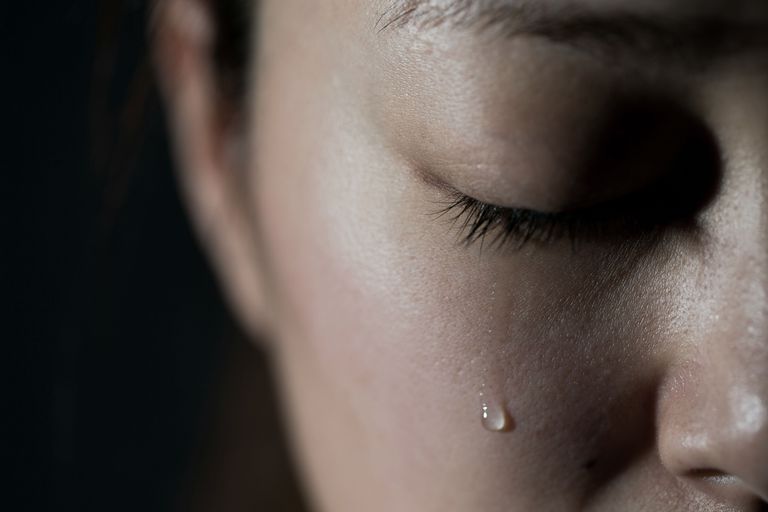One day, Heather’s parents discovered a suicide note among her things.
Terrified and stunned, they sought help. It wasn’t long before their teenage daughter was admitted to a hospital. Looking back on that day, Heather recalls how hard she fought and argued with her parents when they said they were taking her to the hospital. “I soooo didn’t want to go!” she told me emphatically.
But Heather’s resistance didn’t carry any weight. Taking her by the hand, her dad promptly ushered her to the car, and off they went. The journey to the hospital seemed like an eternity for her. Far from being a casual trip, she was plagued with intense emotions, including raw fear. For the most part, the memory of that car ride is a blur. However, she clearly recalls tears streaming down her dad’s face throughout the ride. More than once, he told her, “I hate doing this, sweetie, but I have to.” His anguish was as great as hers.
Interestingly, she felt comforted by his emotions, interpreting them as caring.
Both parents visited Heather every day in the hospital, but the parent who had the greatest impact was her dad. On each visit, both parents told her how important she was to them. But words alone would not have made much of a dent for this girl who was at such a low point. Her dad cried with her on several occasions. That was the magic.
Emotions are the invisible medium by which we feel oh-so-connected with another human being. For those in pain, this simple remedy—connecting at the heart level—vitally assists the healing process.
Unwittingly, Heather’s father rescued his daughter from feeling isolated—from being all alone in her pain. Who among us would not feel cherished in the presence of such heart power?
What Heather received from her dad, she also desperately craved from her mother, Kate. But according to Heather, “My mother is usually matter-of-fact when it comes to my pain and troubles.”
Far from being cold-hearted, Kate has abundant love for all her children, and like most parents, when they hurt, she hurts. It’s just that she has trouble showing it. During the crisis, her own pain was immense, but she kept it all inside. Kate actually believed she was doing the right thing for her daughter. “I really felt that Heather needed for me to be strong . . . not to fall apart and be weak,” she recalled.
But her daughter didn’t need that. I asked Heather: “When you’re hurting, what do you need most from your mom? Do you need for her to be strong?”
Without any hesitation, she replied: “No! I need to see her feelings. Showing feelings isn’t being weak—it’s being close.”
Heather continued by tearfully expressing years of sorrow over her mother being emotionally detached, including this most recent example.
Kate suddenly burst into tears. It pained her that her daughter felt that way. “Heather, I felt I was going to lose you. I was terrified!” she said between sobs.
A wave of relief passed over Heather’s face. It was clear she felt consoled.
I said to Heather: “Your mom’s crying. Do you see her as weak right now?” Looking tenderly at her mom, she said,
“No, I see her as strong! Only strong people allow themselves to feel pain.”
I so savor the fresh and clearly spoken wisdom of young people. I had no more questions. Stepping back, I let mother and daughter embrace uninterrupted for as long as they needed.
There is a clear distinction between crying with our children and leaning on them for emotional support. The latter is just too heavy for them to bear. Feeling responsible for a parent’s well-being is an enormous burden for their young hearts.
But crying with our children doesn’t rock their foundation. In fact, children learn an invaluable lesson when we model the strength of facing and moving through the depths of our emotional pain. Instead of being overwhelmed by the strong current of their own emotions, they feel powerful and capable of dealing with them head-on.
While in the hospital, Heather was diagnosed with depression and prescribed antidepressants. Today, she’s happily married with two children of her own.
Helping in that recovery, I’m sure, were two parents—not just one—who knew how to cry with her.
Names are changed to honor client confidentiality.
© Salee Reese 2019
